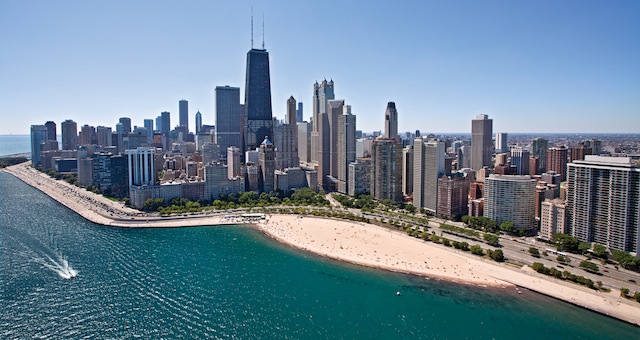By Bjorn Hanson
The amount spent on capital expenditures for the U.S. lodging industry is forecast to exceed the prior record level spent in 2013, for a new record level of USD$6 billion, an increase of seven per cent.
There were decreases of 40 per cent in 2009 and an additional 18 per cent decline in 2010 in response to decreasing occupancy, ADR, RevPAR, and profits in 2009, but expenditures have increased every year since 2010.
The expenditures in 2014 reflect deferred items from 2009 to 2012 and meeting new brand standards, ranging from new or enhanced in-room equipment to redesigned lobbies. Performance has improved: occupancy will return to close to 2007 levels (exceeding 63 per cent), and ADR will increase the most since 2007 (approximately 6.5 per cent)
Although total 2013 U.S. capital expenditures were a record, the nominal amount per available room was slightly less (approximately three per cent) than in 2008. The 2014 amount will be a record for both real and nominal values.
Capital expenditures include improved guest amenities and services such as:
-Increased high speed internet capacity/bandwidth;
-New or enhanced in-room amenities including irons/ironing boards and coffee makers;
-Redesigned lobbies;
-Guest room design including more efficient work spaces, radio alarm clocks and sound systems (many are MP3 compatible), seating, bathrooms, lighting, iPads, etc;
-Flat screen televisions (larger or new);
-New or enhanced technology for meeting rooms and function rooms;
-Re-conceptualised restaurants; and
-New or enhanced fitness facilities;
Unique to this recent cycle was that many brands and management companies waived many requirements involving capital expenditures to help owners through the period of decreased financial performance from 2009 to 2011. Even as RevPAR and profits recovered, many owners were still experiencing difficulty from decreased profits or losses from prior years. This flexibility has changed, and brands and management companies are now requiring these improvements to maintain quality and brand standards.
In addition to brand and management company influence over capital expenditures, social media postings are resulting in additional capital expenditures as owners become more aware of and respond to criticisms and unfavourable comments.
Below is a summary of estimated U.S. lodging industry capital expenditures by year:
Year Amount (in billions)
2014 $6.0 (forecast)
2013 $5.6
2012 $5.1
2011 $3.75
2010 $2.7
2009 $3.3
2008 $5.5
2007 $5.3
2006 $5.0
2005 $4.8
These estimates are based on interviews with selected hotel executives (including brand and management company representatives) and design and construction executives, an analysis of brand standards, and other sources including press releases and media reports.
Bjorn Hanson, Ph.D., is Clinical Professor at the Preston Robert Tisch Center for Hospitality and Tourism, NYU School of Professional Studies


